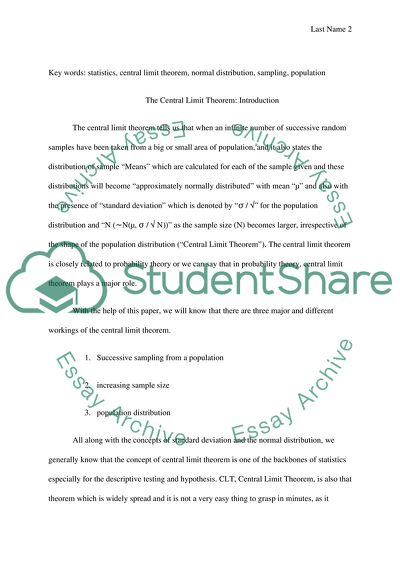Cite this document
(The Central Limit Theorem Term Paper Example | Topics and Well Written Essays - 1750 words, n.d.)
The Central Limit Theorem Term Paper Example | Topics and Well Written Essays - 1750 words. Retrieved from https://studentshare.org/statistics/1779551-statistics-term-paper
The Central Limit Theorem Term Paper Example | Topics and Well Written Essays - 1750 words. Retrieved from https://studentshare.org/statistics/1779551-statistics-term-paper
(The Central Limit Theorem Term Paper Example | Topics and Well Written Essays - 1750 Words)
The Central Limit Theorem Term Paper Example | Topics and Well Written Essays - 1750 Words. https://studentshare.org/statistics/1779551-statistics-term-paper.
The Central Limit Theorem Term Paper Example | Topics and Well Written Essays - 1750 Words. https://studentshare.org/statistics/1779551-statistics-term-paper.
“The Central Limit Theorem Term Paper Example | Topics and Well Written Essays - 1750 Words”, n.d. https://studentshare.org/statistics/1779551-statistics-term-paper.


